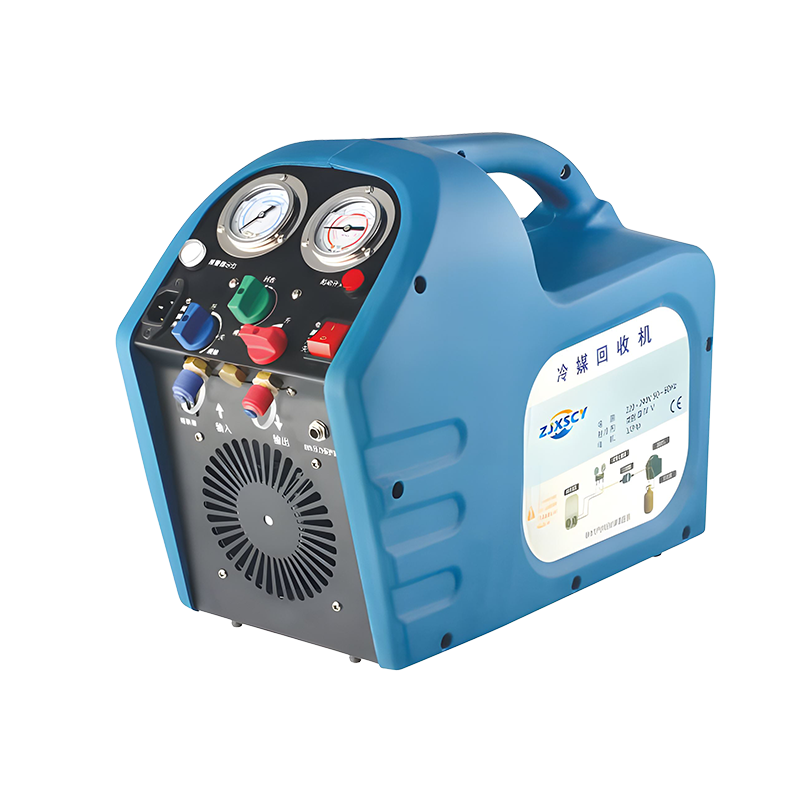Jun 13, 2025
Recovery machines come in various sizes and types, including portable and stationary units, and can be designed for different refrigerants such as R-22, R-410A, and newer environmentally friendly alternatives. The choice depends largely on the scale of work, the types of systems serviced, and the specific refrigerants handled.

One of the critical factors is ensuring that the recovery machine is compatible with the refrigerants commonly used in your HVAC systems. Different refrigerants have varying chemical properties and pressure characteristics, and not all recovery machines can handle every type effectively.
Modern HVAC systems increasingly use newer refrigerants like R-410A or R-32, which operate under higher pressures compared to older refrigerants such as R-22. Therefore, it is essential to select a machine rated for the specific refrigerants you expect to encounter. Machines that support multiple refrigerants offer flexibility but should be verified for effectiveness and safety with each refrigerant type.
The efficiency of a refrigerant recovery machine impacts both operational productivity and energy consumption. Recovery speed is usually measured in pounds or kilograms per minute, indicating how fast the machine can extract refrigerant from a system.
Faster recovery machines reduce downtime, especially important when servicing multiple units or large HVAC systems. However, higher speed should not come at the cost of reliability or safety. Machines that balance speed with controlled operation prevent potential damage to the system and reduce the risk of overheating.
The size and portability of the recovery machine are practical considerations depending on the nature of work. For field technicians who travel between job sites, a lightweight and compact recovery machine is preferable for ease of transport and handling.
Stationary recovery machines, on the other hand, may be more suitable for service centers or workshops where large volumes of refrigerant are processed regularly. Understanding the typical job site and workflow helps determine the appropriate form factor.
Recovery machines vary in terms of user interface and operational complexity. Machines with intuitive controls, clear displays, and automated functions can enhance technician efficiency and reduce the likelihood of errors.
Features such as automatic shut-off, oil separation, and diagnostic alerts contribute to safer and more convenient operation. In addition, machines with simple maintenance procedures and readily available service support help maintain long-term reliability.
HVAC work environments can be demanding, with exposure to dust, moisture, and temperature fluctuations. A recovery machine constructed from robust materials with sealed electronics and corrosion-resistant components will perform better and last longer under such conditions.
Consider brands and models with proven reliability and positive user feedback. Warranties and after-sales support also reflect confidence in build quality.
Handling refrigerants under pressure involves inherent risks, including leaks and overpressure conditions. Recovery machines equipped with safety features such as pressure relief valves, leak detection, and thermal protection reduce hazards for operators and equipment.
Ensuring compliance with industry safety standards and certifications is also important when selecting a recovery machine.
While cost is an important consideration, it should be balanced against performance, reliability, and feature set. Cheaper machines may save money upfront but could bring about higher maintenance costs or shorter service life.
Investing in a recovery machine that offers good energy efficiency, ease of maintenance, and compatibility with multiple refrigerants often delivers better value over time.